Many companies use clever marketing strategies to convince us to buy products we don’t need. Some of these items, though widely popular, are not only unnecessary but can also pose serious risks to our health. Here’s a list of commonly found household items that, although often overlooked, have been proven by scientific research to cause harm. Are you still using them?
How Your Bad Habits Affect Your Health
Plastic Food Containers: A Silent Danger to Your Health
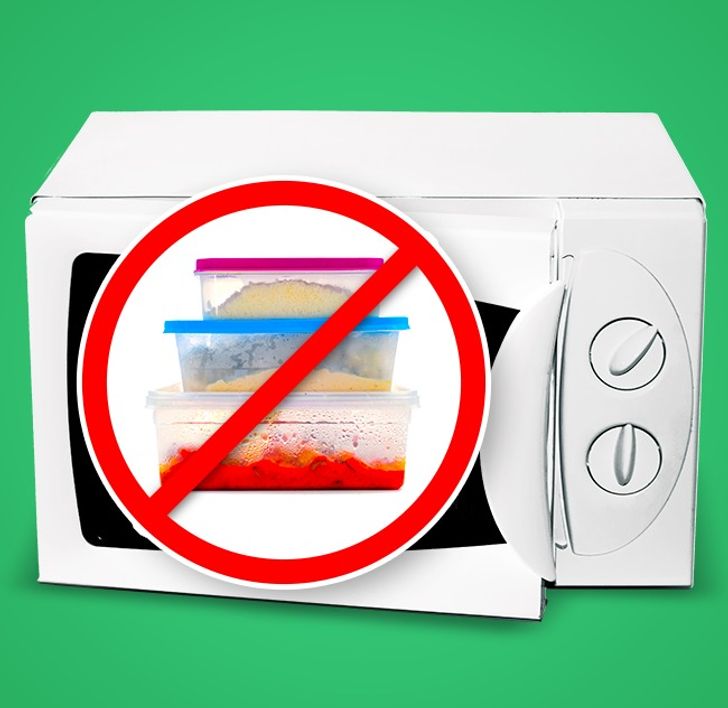
Plastic food containers may seem like a convenient option for storing food, but the chemicals used to make them can be harmful to your health. When these plastics are exposed to heat or wear and tear, the chemicals used to harden the plastic—such as bisphenol A (BPA) and phthalates—can leach into your food. This exposure can lead to various health issues like hormonal imbalances and even cancer.
Tip: Avoid using plastic containers for more than 5 months, and never microwave them. Opt for BPA-free alternatives or switch to glass containers for a safer choice.
Crocs: Foot Pain and Deformities Could Be Just the Beginning
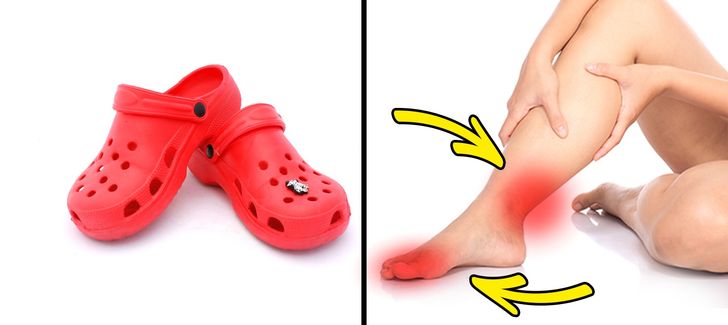
Millions of people wear Crocs every day due to their comfort and style. However, they lack adequate heel support, leading to serious foot problems. Wearing poorly designed shoes like Crocs regularly can cause toe deformities, calluses, and persistent foot pain due to the unstable heel and overly soft toe sections.
Recommendation: Invest in shoes that offer proper foot arch and heel support to avoid long-term discomfort and potential deformities.
Mascara: The Hidden Dangers to Your Eye Health
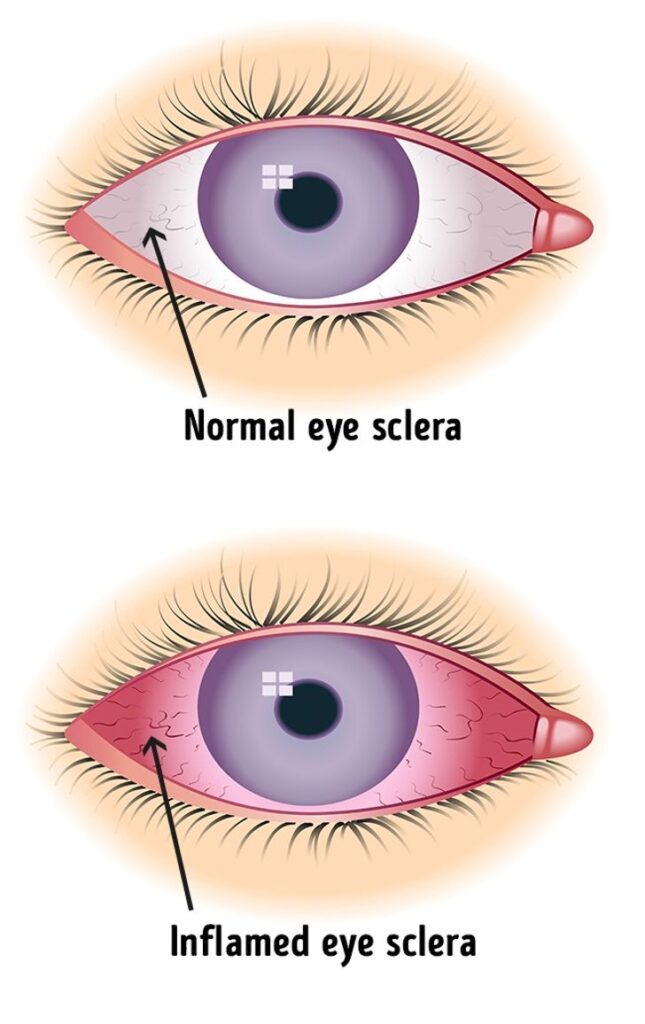
Did you know that some mascaras contain toxic ingredients like parabens, aluminum powder, and propylene glycol, which can pose a risk to your eye health? Using mascara from untrustworthy sources or sharing your mascara with others can increase the risk of eye infections caused by bacteria and fungi buildup.
Tip: Choose mascara brands that are hypoallergenic and free of harmful chemicals. Always discard mascara after 3-6 months to avoid bacteria growth.
Nonstick Cookware: Health Risks You Didn’t Know About

Nonstick cookware is popular for its convenience and ease of cleaning, but it can release toxic chemicals when overheated. The perfluorinated chemicals (PFCs) used in nonstick coatings can cause serious health issues, including cancer. Researchers have found that exposure to these chemicals can lead to toxic accumulation in the bloodstream, potentially increasing the risk of cancer.
Tip: Use ceramic or stainless steel cookware as safer alternatives to nonstick pans.
Antibacterial Soap: Harmful to Your Health and Ineffective
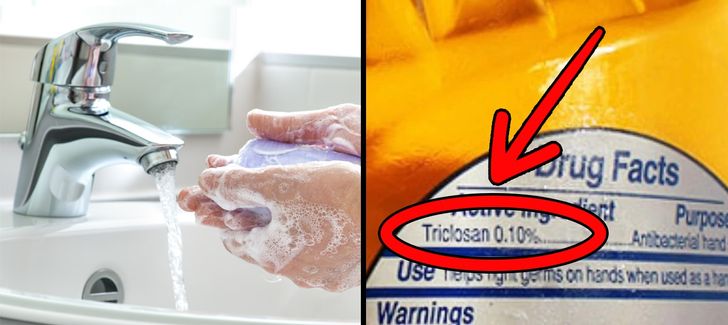
While antibacterial soap may seem like a good choice for keeping your hands germ-free, studies have shown that it’s often more harmful than beneficial. The active ingredient, triclosan, is known to weaken the immune system, disrupt hormones, and contribute to antibiotic resistance. It’s also ineffective at killing bacteria when compared to regular soap and water.
Tip: Stick to regular soap for handwashing to avoid the harmful effects of triclosan.
Improper Toilet Sitting: A Hidden Cause of Digestive Issues
Many of us don’t think twice about how we sit on the toilet, but the way we sit can have a significant impact on our digestive health. Sitting at a 90-degree angle with your hips in a typical toilet position can restrict the natural passage of your intestines, potentially causing constipation, hemorrhoids, and even increasing the risk of colon cancer.
- Tip: For optimal bowel health, try sitting at a 45-degree angle or using a toilet stool to elevate your feet for better posture while relieving yourself.
Watch this video for more insights on how your toilet habits affect your health.
Conclusion
The items we use in our daily lives can have a profound impact on our health. By making simple changes—such as switching to safer food containers, avoiding harmful footwear, and choosing natural soap alternatives—we can significantly improve our well-being. Start with small adjustments today to protect your health for the future.
Materiel for Research: WebMD’s guide on BPA exposure & FDA guidelines on antibacterial soap




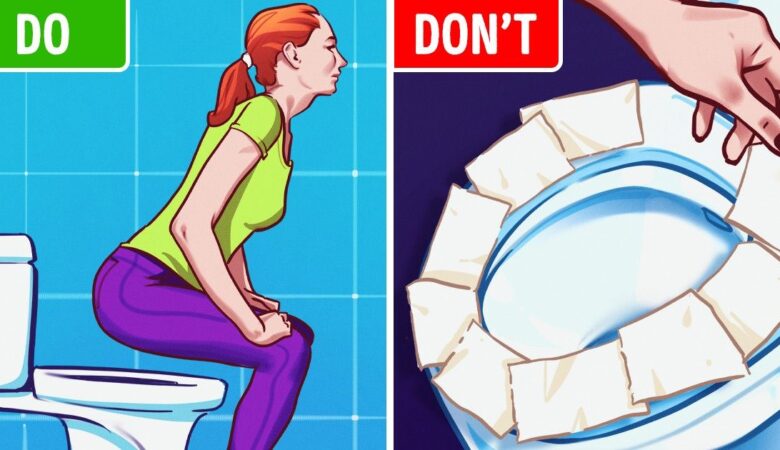



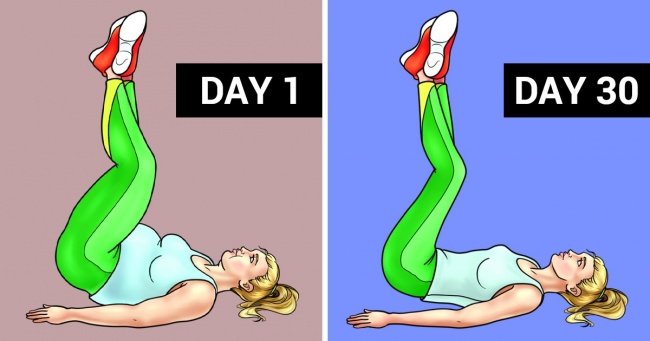
Leave a Reply